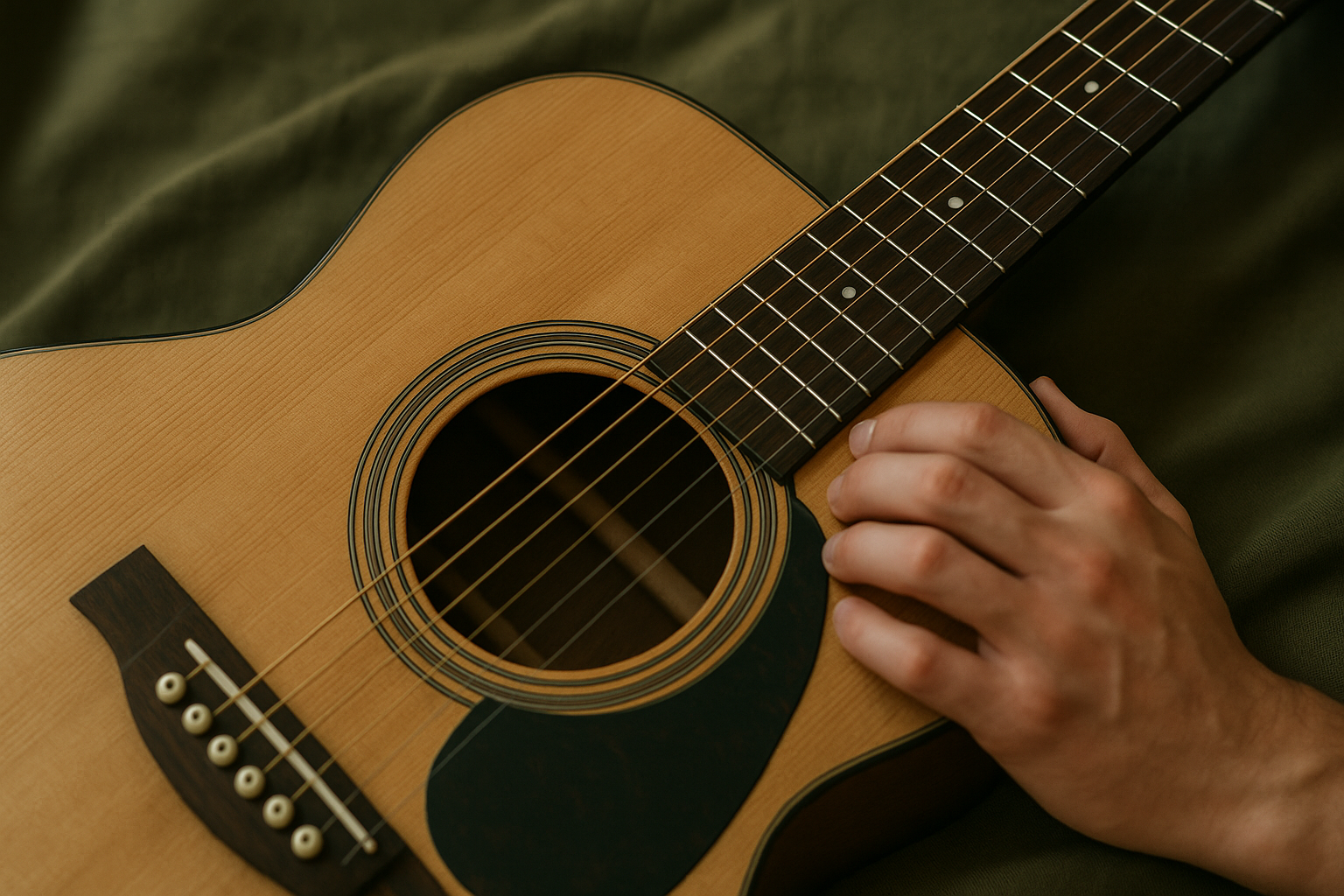For many beginners, the word “modes” sounds intimidating, like a concept reserved for advanced musicians. In reality, musical modes are simply variations of the major scale, each with its own character and emotional flavor. They have been used for centuries in classical, folk, and contemporary music, and they remain an essential tool for improvisers, composers, and performers today.
Understanding modes not only deepens your knowledge of theory but also expands your creative options. By learning them, you gain new ways to approach scales, craft melodies, and bring variety into your playing. In this article, we’ll explore what modes are, why they matter, and practical steps to study and apply them.
What Are Modes?
Modes are scales derived from the major scale but starting on different notes. For example, the C major scale (C–D–E–F–G–A–B–C) contains all the notes needed to form modes. If you play the same set of notes starting from D, you get the D Dorian mode (D–E–F–G–A–B–C–D). The notes are the same, but the sound is different because of the new starting point and tonal center.
There are seven modes, each with its own structure and mood:
- Ionian (Major Scale): Bright, happy, stable.
- Dorian: Minor feel with a jazzy flavor.
- Phrygian: Exotic, tense, Spanish-like.
- Lydian: Dreamy, uplifting, with a raised fourth.
- Mixolydian: Bluesy, dominant sound.
- Aeolian (Natural Minor): Darker, sad, emotional.
- Locrian: Dissonant, unstable, rarely used.
Why Study Modes?
Expands Musical Vocabulary
Modes provide seven distinct sound worlds beyond the basic major and minor scales.
Enhances Improvisation
Improvisers use modes to match chords and create fresh melodies.
Strengthens Composition
Composers employ modes to set moods, from haunting to joyful.
Builds Ear Training
Studying modes trains your ear to hear subtle differences between tonalities.
Connects Styles and Genres
Modes appear in classical, jazz, rock, folk, and world music, making them versatile tools.
The Emotional Colors of Modes
- Ionian: Think of children’s songs or uplifting pop. Example: “Do-Re-Mi” from The Sound of Music.
- Dorian: Smooth and cool, common in jazz and funk. Example: “So What” by Miles Davis.
- Phrygian: Dramatic and exotic, used in flamenco and metal. Example: Metallica’s “Wherever I May Roam.”
- Lydian: Bright and dreamy, often used in film scores. Example: The Simpsons theme.
- Mixolydian: Bluesy, rock-oriented. Example: “Sweet Home Alabama” by Lynyrd Skynyrd.
- Aeolian: Sad and emotional, common in ballads. Example: “All Along the Watchtower.”
- Locrian: Rare, dark, unstable, sometimes used in experimental music.
How to Study Modes Effectively
Step 1: Learn the Patterns
Each mode can be practiced like a scale. Start with one-octave versions before extending further.
Step 2: Associate With the Major Scale
Remember that every mode is connected to a parent major scale. For instance, D Dorian comes from C major.
Step 3: Focus on the Unique Interval
Each mode has a defining note. For example:
- Lydian’s raised 4th.
- Dorian’s natural 6th.
- Phrygian’s flat 2nd.
Identifying these makes modes easier to recognize by ear.
Step 4: Practice With Backing Tracks
Play modes over drones or chord progressions. This helps you feel their tonal centers.
Step 5: Compose Small Pieces
Write short melodies or riffs in each mode to internalize their flavor.
Step 6: Apply in Improvisation
Instead of always defaulting to major or minor scales, use modes over suitable chords.
Practical Exercises
- One-Mode Focus: Spend a week practicing only Dorian. Play it in different keys, write a melody, and improvise with it.
- Compare and Contrast: Alternate between Aeolian and Dorian to hear how a single note (the 6th) changes the mood.
- Drone Practice: Play modes over a constant root note drone to reinforce tonal identity.
- Chord Matching: Pair each mode with chords that highlight its unique sound (e.g., Lydian with major chords including #4).
- Mode of the Day: Dedicate a daily warm-up to one mode.
Common Mistakes When Learning Modes
- Treating Modes as Just Scales
Modes are more than patterns; they’re tonalities with unique moods. - Ignoring Tonal Centers
Playing D Dorian but feeling like you’re in C major defeats the purpose. - Learning Too Many at Once
Focus on one or two modes at a time to avoid confusion. - Not Applying in Music
Practicing modes without improvisation or composition leaves them abstract.
Modes in Different Genres
- Classical: Gregorian chants and Renaissance music relied heavily on modes.
- Jazz: Modal jazz (Miles Davis, John Coltrane) revolutionized improvisation with modes.
- Rock: Mixolydian dominates many rock anthems.
- Metal: Phrygian and Locrian create the dark, heavy sounds of the genre.
- Folk: Many folk traditions use Dorian and Mixolydian instead of major/minor scales.
Long-Term Benefits of Studying Modes
- Richer melodic vocabulary.
- Deeper understanding of harmony.
- More expressive improvisation.
- Ability to compose in varied styles.
- Stronger connection between ear and instrument.
Final Thoughts: Modes as Musical Colors
Think of modes as colors on a palette. The major and minor scales are primary colors, but modes expand your options to include shades and tones that bring depth and nuance. Mastering modes is not about memorizing endless patterns—it’s about feeling their emotional impact and knowing when to use them.
So next time you sit down to play, don’t limit yourself to major or minor. Explore modes. Let Dorian add smoothness, Phrygian bring tension, or Lydian lift your music to the clouds. By embracing modes, you expand your creative universe and bring new life to your musical expression.
